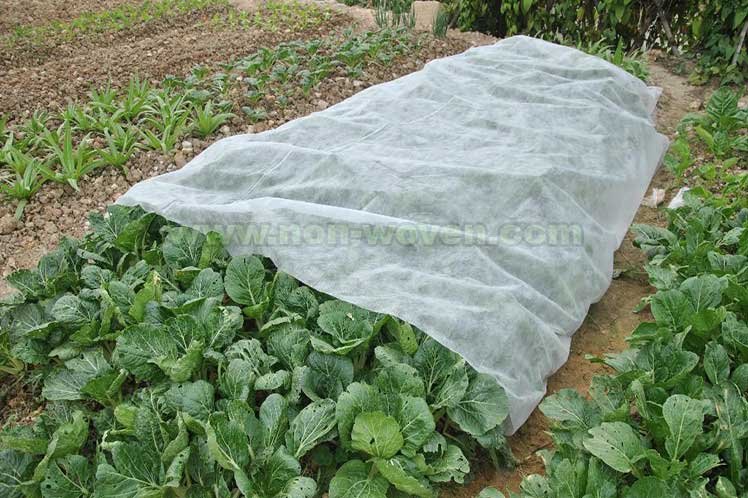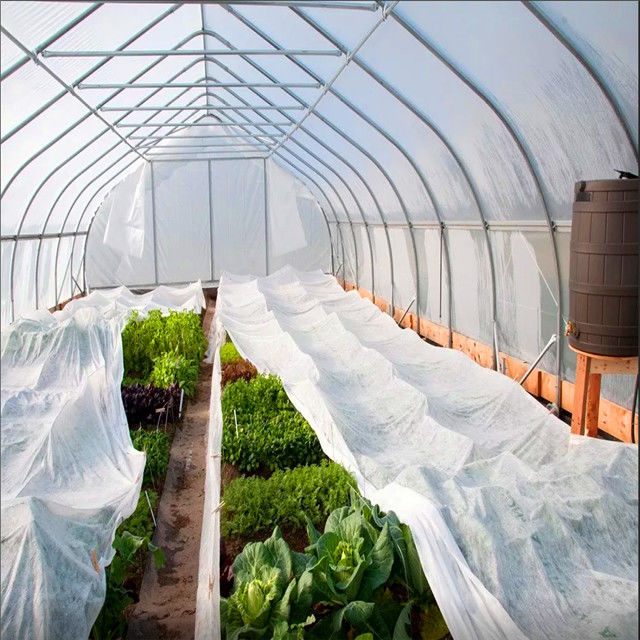Non-Woven Fabric And Its Uses For Agriculture
Since the start of the petrochemical era non-woven fabrics have been created. Non-woven fabrics were initially used for their bulkiness and softness when they were used in packaging, covering, filling, and many other fields. Because of the rapid advancement of material science, the capabilities of non-woven fabric has expanded to a wide range of areas of commerce and industry civil engineering, medical treatment, agriculture and environmental engineering. The existence of non-woven fabrics is evident everywhere, and even in the earliest times of agriculture. Non-woven fabrics are made of short and long fibers that are connected by heat, chemical, mechanical or any other type of treatment. The general rule is that woven fabric are more durable and strong than non-woven ones. There are quite a few non-woven fabrics, and the use of non-woven fabrics is used in a variety of industries. Non-woven fabrics have lower production hurdles than woven fabrics. The nonwoven fabric markets and the industries are growing and growing. Look at this agriculture nonwoven fabric for recommendations.
Non-Woven Industries Development. Nonwoven fabrics are a new product from the petrochemical and plastics industries after the introduction of film. Compared with plastic cloth, it is less heavy and offers good ventilation. It is frequently used in sanitary and medical products like facial towels filtering, sanitary napkins etc. Then it was created and then applied to engineering. Non-woven fabrics are used to shield plants from the effects of cold. Although non-woven materials have a different production process as compared to plastic films, the raw materials are identical. This is the case with polyvinyl chloride (PVC) and PE (polyethylene), EVA copolymer (Ethylene Vinyl Acetate), PVA/polyvinyl Alcohol, and more. Inflating the resulting thin film the traditional plastic film is created. The film is continuous. It is able to stretch indefinitely. The film does not have pores. It is an impermeable film which blocks the exchange and movement of any molecules through the film. Chemical fibers made from synthetic chemicals found in these sources were the preferred choice of the trade in textiles following the rise of the textile manufacturing industry. These chemical fibers can still be made into cloth using traditional warp and weave weaving. Non-woven materials are produced by intersecting fibers on the same plane at various angles, in all directions, rather than using traditional warp and weft techniques. It offers better material properties and is easier to produce than traditional weaving materials. This reduces the traditional drawing process and results in less production costs. In recent times, non-woven fabrics were frequently used in the garment sector. The development of production technology and advances in material science have made non-woven materials more adaptable and widely used in the past few years. Every day , we are exposed to different materials and products. Non-woven fabrics are becoming more widely used in agriculture because of their easy production, lightness, versatility as well as their low price and many applications. Follow this non woven weed control fabric for tips.

Applications of Non-Woven Fabrics in the Agricultural IndustryNon-woven fabrics were first introduced to the agricultural industry in Europe in 1978 to keep the carrots warm during early harvesting and to guard against tomato leaf virus and whiteflies. Non-woven fabric can be used for mulching tomatoes, sweet peppers and sweet potatoes, as well as root vegetables, carrots, carrots. They also aid in the growth of other vegetables like cabbage, lettuce, lettuce, and radishes. It is used to preserve heat and for early harvesting. Non-woven materials are good for covering surfaces , such as grass-proof mats. They can also boost soil temperature by keeping water. To ensure that the roots fully absorb water, short fibers can also be used to create blankets that are water-absorbing. They can serve as the base medium to produce turf or garden grassland to moisturize drain, divide, and spruce up the garden. They are also used as planting bags for large woody plants like fruit trees and garden trees, preventing weeds and retaining water. Non-woven fabric can also be used for crop cover in Taiwan. They are also widely used to control the environment of large greenhouses to save energy. Canopy curtains and double-layered curtains and canopy curtains lower the radiation and heat loss in the evening. High-density spun-bonded non-woven TAVIK fabrics were used in the early days to protect and shade cauliflower bulbs. They quickly adopted it by farmers due to its thermal conductivity that was low as well as ability to shade. It was later employed to guard leaf vegetables against insects, and to shade trees and plants of fruit trees. Because of the unique climate and ecosystem of Taiwan the development of the nonwoven industry has been slow. Taiwan's nonwoven fabric manufacturers keep innovating nonwoven technologies. This includes air permeability, absorption of water, as well as water repellency. It is now focusing on the preservation and storage of agricultural products. Check out this agriculture non woven fabric manufacturer for more information.
